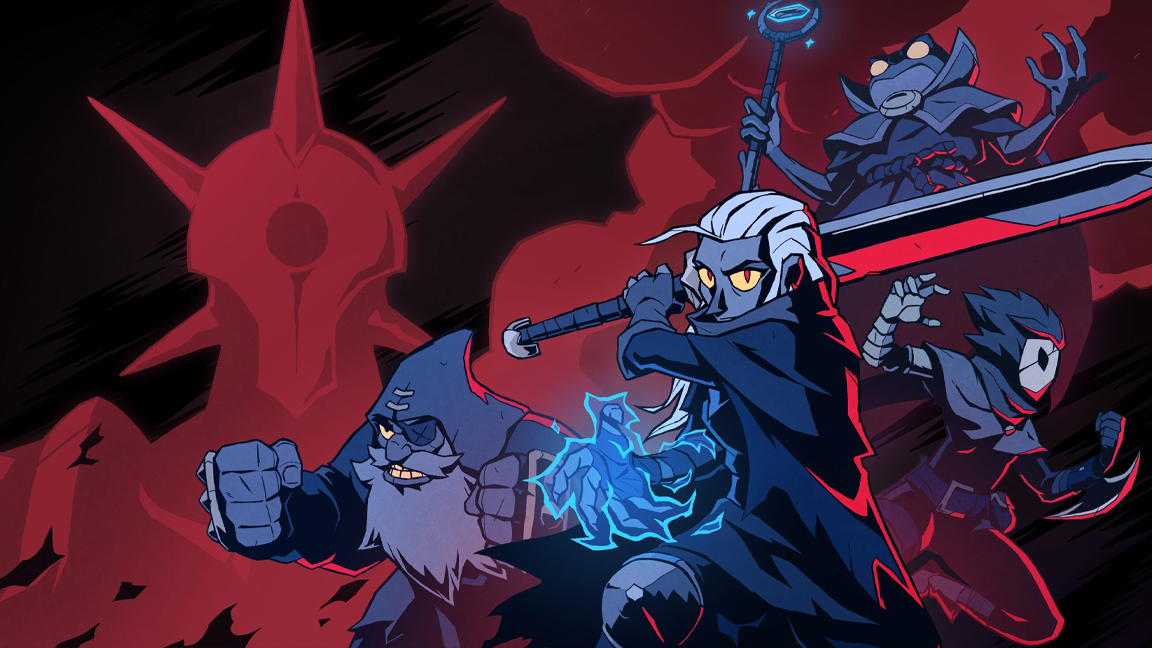Corporate hospitality
Corporate sponsorship and the involvement of big business in art and graphic design has become more important over the past 12 months. But does business have a place in design? And who's actually benefiting?
If 2005 will be remembered for anything by those in the graphic design community, it will be as the year in which global brands really started to take an interest in graphic design. They've sunk millions into viral-style sponsorship programmes and turned themselves into powerful 21st century versions of renaissance art patrons.
The past 12 months have seen their fair share of corporate-sponsored art events, such as Diesel's involvement in the Semi Permanent design conference, as well as broader sponsorship of exhibitions by the likes of Beck's, Gordon's, BT and Shell.
However, 2005 has also been marked by an increase in more subtle sponsorship programmes, which have seen the likes of Coca-Cola, Nike and Levi's involving themselves with graphic design companies in the kind of word of mouth, viral-like projects designed to boost brand cachet in the important youth demographic.
In the summer, Nike Asia announced a new project named the Nike [Co] + Lab, a collaboration with designers, including Tokyo-based crew Groovisions, UK designer Dave White and last month's Computer Arts cover stars :phunk studio, which resulted in limited edition T-shirts, nightclub events and exhibitions.
More recently, Coca-Cola launched M5, a global campaign with a viral feel. The soft drinks giant worked with design groups from five continents including US-based MK12, Japanese team Cavier and the UK's The Designers Republic to build a website and develop graphics for the drink's new limited edition aluminium bottles.
The Nike and Coca-Cola projects mark a development in standard art corporate sponsorship in that they have more in relation to edgy viral campaigns than the usual sponsorship of an exhibition or event.
IS COKE IT?
But why are large corporations such as Nike, Coca-Cola and Diesel suddenly so keen to align themselves to graphic design companies, and what do the artists themselves get out of the deal?
Get the Creative Bloq Newsletter
Daily design news, reviews, how-tos and more, as picked by the editors.
Peter Scel of Coca-Cola's Global Brand team told Computer Arts that the M5 project was a logical step. "Throughout history the iconic image of Coca-Cola has been used by an array of artists," he says. "We decided to tap into this creative energy by selecting design studios and giving them the creative freedom to express themselves with our brand. This initiative will continue to strengthen the brand's connection with the art world and also continue to engage young opinion-forming consumers."
Over at Diesel, which has had a much more hands-on involvement in the European creative sector through sponsorship of projects such as the Diesel New Art show, Diesel U Music, the ITS fashion design contest and the Diesel Wall design competition, the company's approach to art sponsorship is much more focused on developing new talent. "We don't just throw money at people," a Diesel spokeswoman told Computer Arts. "We want to support and develop creative talent."
While such sentiments are laudable, it's important not to lose sight of the other benefits companies gain. "It's like any form of advertising. Their brand is seen as a supporter of this type of event and therefore they get a level of kudos," says Andrew Johnstone, one of the organisers of the Semi-Permanent design conference. "Events such as Semi-Permanent reach the type of crowd that they are after; young people who are into the coolest gear."
GLOBAL TRENDS
While Diesel's sponsorship has benefited from the company's strong relationship with the creative community, larger brands have suffered a backlash among their target demographic through the growth of the anti-globalisation movement.
For Mick Duncan, general secretary of No Sweat, which looks to raise awareness over sweatshop labour, art sponsorship is: "the perfect way for companies to gain cachet. It's an easy way for them to pull in their target demographic and gain a bit of cool at the same time. Many companies have managed to hang on to a sense of being cool even though their audiences disagree with some of things they do."
This is the important contradiction: while large corporations are being eyed with suspicion, the design sector is seemingly happy to take their money.
"I think the design community is fine with [corporate sponsorship] in most cases," says Johnstone. "Like it or not, it's the corporations that have the cash. We have never had any complaints about having big-name sponsors."
At The Designers Republic, founder Ian Anderson says he had no moral problems working with Coca-Cola because he believed the project and its "Love Being" message was both altruistic and innovative.
Big business has always played an important role in supporting artists and, it seems, as long as the design community needs someone to foot the bill, they are likely to remain an important force.
INFO
www.theM5.com
www.diesel.com
www.nike.com
www.thedesignersrepublic.com
www.nosweat.org

Thank you for reading 5 articles this month* Join now for unlimited access
Enjoy your first month for just £1 / $1 / €1
*Read 5 free articles per month without a subscription

Join now for unlimited access
Try first month for just £1 / $1 / €1

The Creative Bloq team is made up of a group of design fans, and has changed and evolved since Creative Bloq began back in 2012. The current website team consists of eight full-time members of staff: Editor Georgia Coggan, Deputy Editor Rosie Hilder, Ecommerce Editor Beren Neale, Senior News Editor Daniel Piper, Editor, Digital Art and 3D Ian Dean, Tech Reviews Editor Erlingur Einarsson, Ecommerce Writer Beth Nicholls and Staff Writer Natalie Fear, as well as a roster of freelancers from around the world. The ImagineFX magazine team also pitch in, ensuring that content from leading digital art publication ImagineFX is represented on Creative Bloq.
